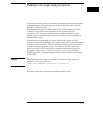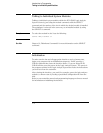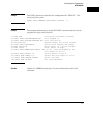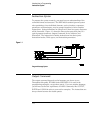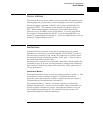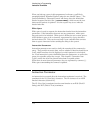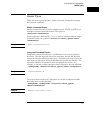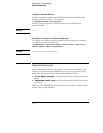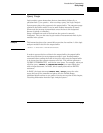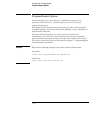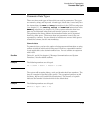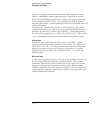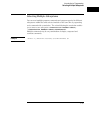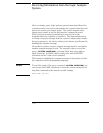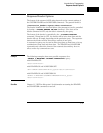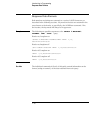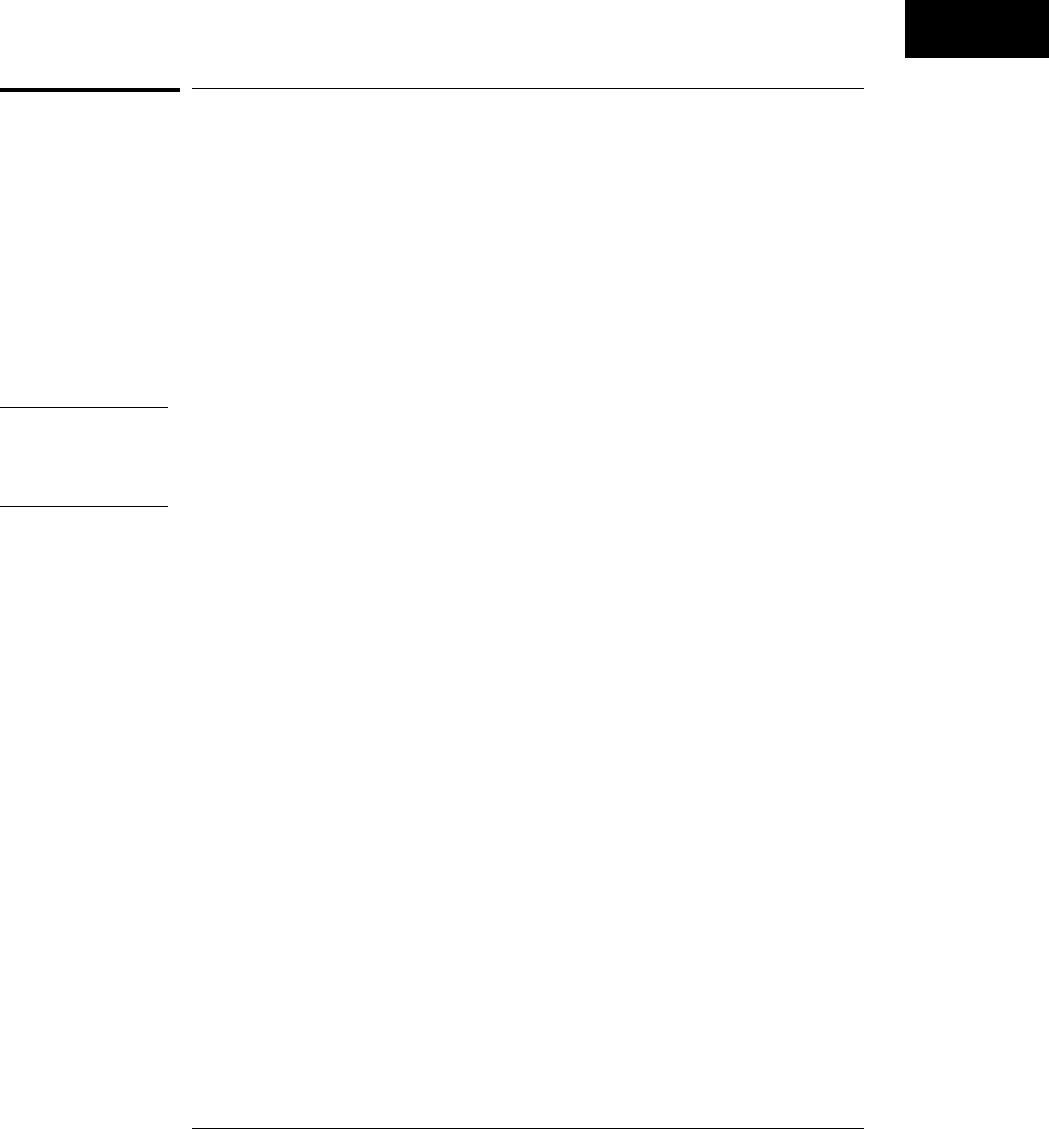
Query Usage
Logic analysis system instructions that are immediately followed by a
question mark (?) are queries. After receiving a query, the Logic Analysis
System parser places the response in the output buffer. The output message
remains in the buffer until it is read or until another instruction is issued.
When read, the message is transmitted across the bus to the designated
listener (typically a controller).
Query commands are used to find out how the system is currently
configured. They are also used to get results of measurements made by the
modules in the system.
Example This instruction places the current full-screen time for machine 1 of the logic
analyzer module in slot 2 in the output buffer.
:SELECT 2:MACHINE1:TWAVEFORM:RANGE?
In order to prevent the loss of data in the output buffer, the output buffer
must be read before the next program message is sent. Sending another
command before reading the result of the query will cause the output buffer
to be cleared and the current response to be lost. This will also generate a
"QUERY UNTERMINATED" error in the error queue. For example, when you
send the query :SELECT 2:TWAVEFORM:RANGE? you must follow that
with an input statement. In BASIC, this is usually done with an ENTER
statement.
In BASIC, the input statement, ENTER XXX; Range, passes the value
across the bus to the controller and places it in the variable Range.
Additional details on how to use queries is in the next section of this chapter,
"Receiving Information from the Logic Analysis System."
Introduction to Programming
Query Usage
1–11



